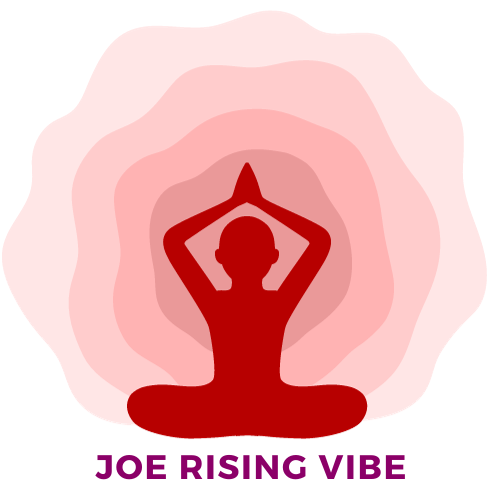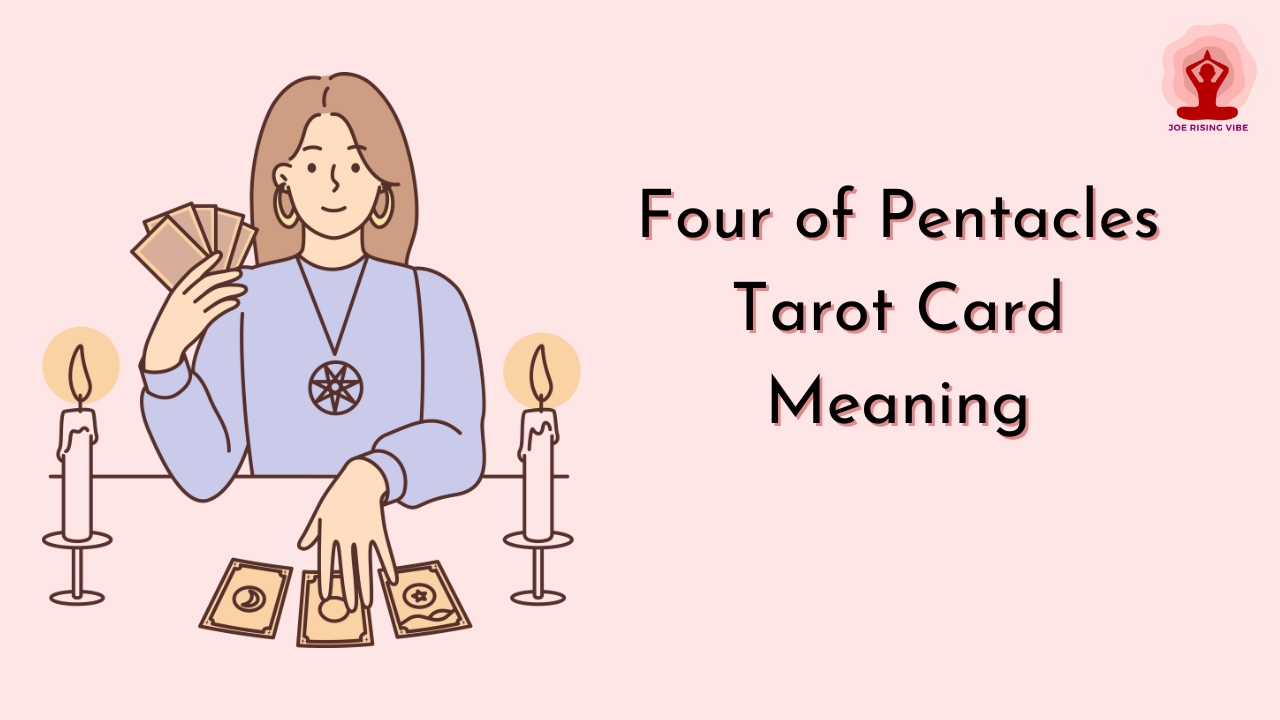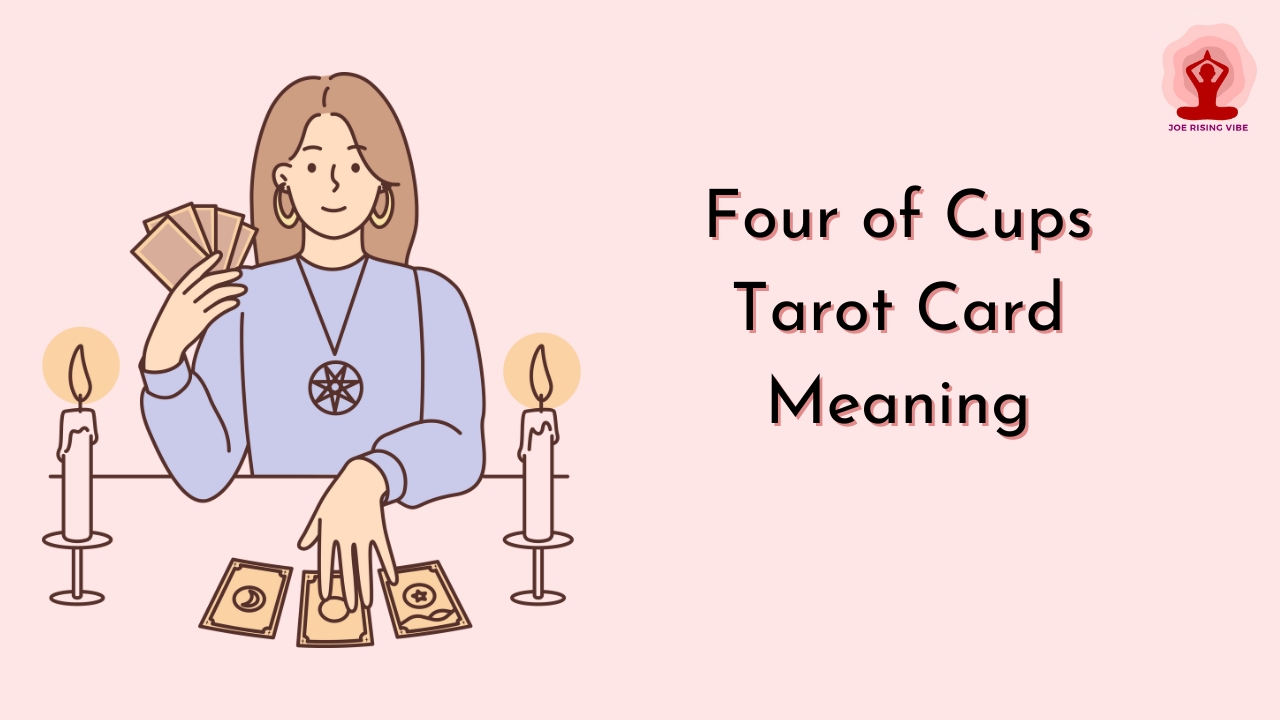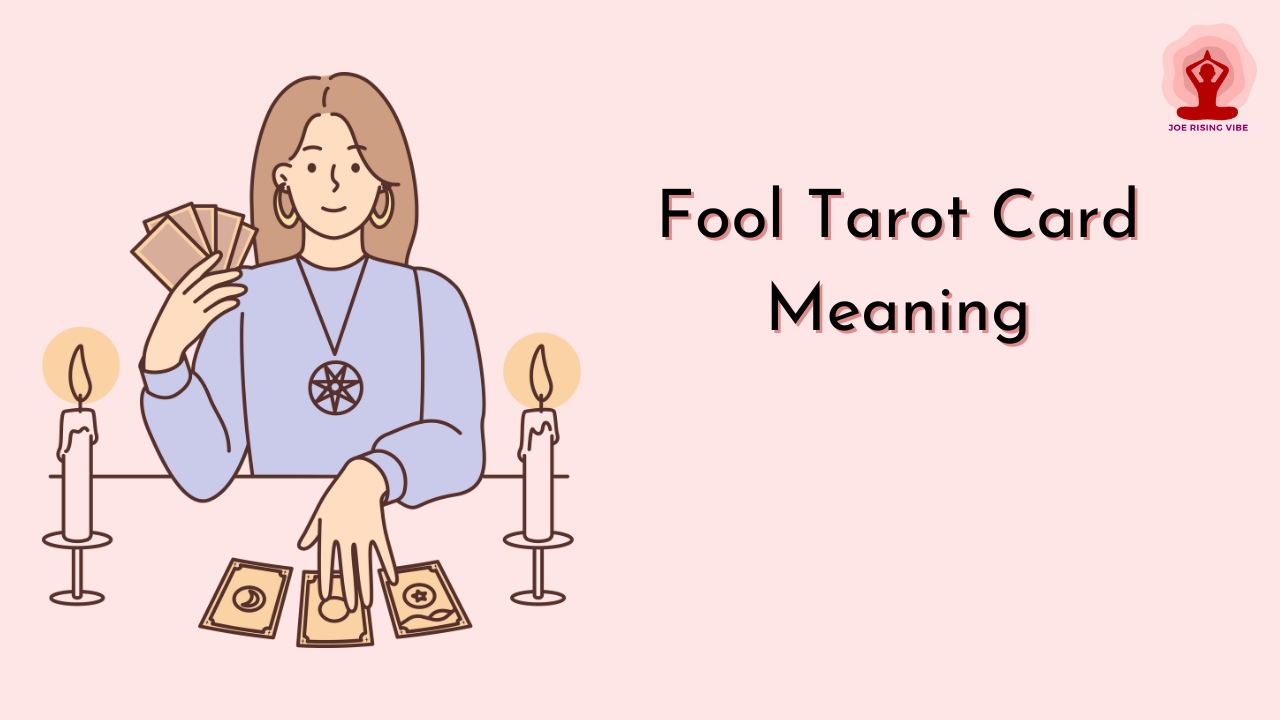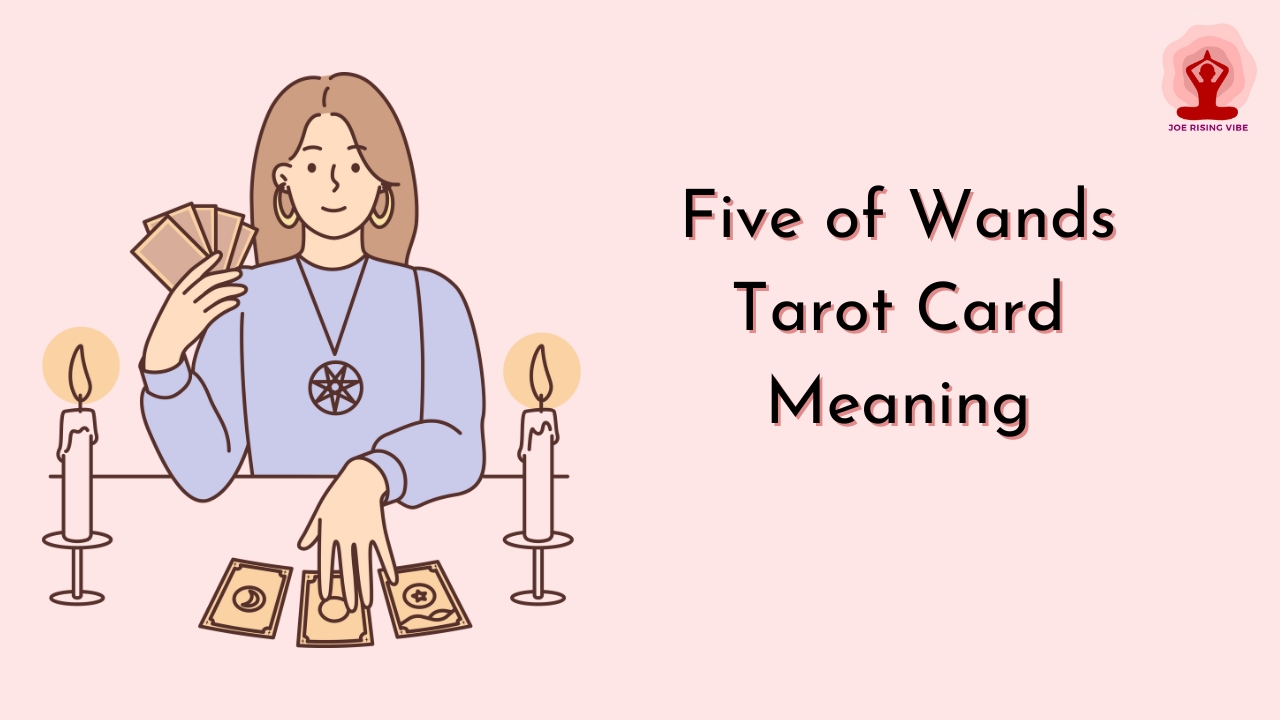Symbols for higher self and spiritual awakening hold immense significance in various cultures and belief systems, serving as beacons of guidance and inspiration. These symbols represent the profound journey of self-discovery and transformation that leads to spiritual awakening.
Across different traditions and practices, symbols such as the Garuda Mudra, Hamsa, Ouroboros, Pine Cones, Labyrinth, Yin Yang, Diya (Oil Lamp), Key, Lotus, Feather, Vel symbol, Sankofa, Buddha’s eyes, Enso, Bodhi tree or Leaf, 108 mala beads, Sun, Merkaba, Butterfly, Nea Onnem No Sua A Ohu, Infinity, Triangle, Dhayna Mudra, Pagoda, Eye of Horus, Bell or Gong, and the Om symbol are used to represent the connection with the higher self and the journey towards enlightenment.
These symbols can be utilized in various ways, including meditation and rituals, to enhance spiritual experiences and deepen the connection with the higher self.
They serve as reminders of our spiritual aspirations, guiding us on our path of growth and self-realization.
Whether incorporated into daily life, worn as accessories, or displayed as decorative pieces, these symbols constantly remind us of our spiritual journey and our commitment to awakening our higher selves.
From the Garuda Mudra to the Om symbol, there is a wide array of transformative symbols for the higher self and spiritual awakening worth exploring.
These symbols hold deep meaning and significance across various cultures and belief systems, serving as powerful tools for personal growth, enlightenment, and spiritual connection.
One such symbol is the Hamsa, a hand-shaped emblem that represents protection and blessings. It is believed to ward off negative energies and bring good fortune.
Another intriguing symbol is the Ouroboros, a serpent or dragon swallowing its own tail, symbolizing the cyclical nature of life, death, and rebirth.
Pine cones, with their spiral shape, are associated with the Third Eye and spiritual enlightenment. They are often used as decorative elements in sacred spaces to enhance meditation and facilitate spiritual growth.
The Labyrinth, a complex maze-like pattern, is a symbol of the winding journey to self-discovery and introspection.
The Yin Yang symbol represents the harmony of opposing forces, such as light and dark, feminine and masculine, and represents the interconnectedness of all things.
The Diya, or oil lamp, is a symbol of divine light and spiritual awakening. Lighting a Diya during meditation or rituals is believed to invite positive energy and dispel darkness.
The Key symbolizes unlocking hidden knowledge and accessing higher realms of consciousness.
The Lotus flower is a symbol of purity, spiritual awakening, and enlightenment. Its ability to rise above murky waters and bloom beautifully represents the journey of the soul towards enlightenment.
These transformative symbols, along with many others like the Vel symbol, Sankofa, Buddha’s eyes, Enso, Bodhi tree or leaf, 108 mala beads, Sun, Merkaba, Butterfly, Nea Onnem No Sua A Ohu, Infinity, Triangle, Dhayna Mudra, Pagoda, Eye of Horus, Bell or Gong, and the Om symbol, hold immense power and significance in the realm of spiritual growth and self-discovery.
As we explore and engage with these symbols, we invite their energies and wisdom into our lives, deepening our spiritual connections and guiding us on our path towards self-realization.
Whether used in meditation, rituals, or as daily reminders, these symbols serve as powerful catalysts for transformation and reminders of our spiritual aspirations.
So, let us embrace these symbols, allowing them to inspire and guide us on our journey of self-discovery and spiritual awakening.
| Symbol | Meaning |
|---|---|
| Garuda Mudra | Symbolizes strength, protection, and overcoming obstacles. |
| Hamsa | Represents protection, blessings, and good fortune. |
| Ouroboros | Symbolizes the cyclical nature of life, death, and rebirth. |
| Pine Cones | Associated with the Third Eye, spiritual enlightenment, and meditation. |
| Labyrinth | Represents the journey to self-discovery and introspection. |
| Yin Yang | Symbolizes the balance and interconnectedness of opposing forces. |
| Diya (Oil Lamp) | Represents divine light, spirituality, and dispelling darkness. |
| Key | Symbolizes unlocking hidden knowledge and accessing higher consciousness. |
| Lotus | Represents purity, spiritual awakening, and enlightenment. |
| Feather | Symbolizes ascension, communication with the divine, and spiritual growth. |
“From the Garuda Mudra to the Om symbol, there is a wide array of transformative symbols for the higher self and spiritual awakening worth exploring.” –
Enhancing Spiritual Connection with Symbols
Symbols have always been potent tools for spiritual connection and growth. The diverse array of symbols associated with the higher self and spiritual awakening allows individuals from different cultures and belief systems to find resonance and meaning in their spiritual practices.
By integrating these symbols into our meditation and rituals, we can deepen our spiritual experiences and establish a stronger connection with our higher selves.
Whether it’s through visualizing the symbol or incorporating physical representations like statues or jewelry, these symbols serve as focal points for our intentions and aspirations.
Symbols also act as powerful reminders of our spiritual journey. By incorporating them into our daily lives as wearable accessories or home decor, we infuse our surroundings with their energy and messages.
They serve as constant reminders to stay aligned with our higher selves, maintain focus on our spiritual path, and embrace growth and transformation.
Exploring the transformative symbols for the higher self and spiritual awakening opens up a world of possibilities for personal growth, enlightenment, and connection with the divine.
These symbols transcend cultural and religious boundaries, offering a universal language of spirituality and self-discovery. So, let us embrace these symbols with reverence and intention, allowing them to guide us on our spiritual journey.
Utilizing Symbols for Meditation and Rituals
Incorporating symbols for higher self and spiritual awakening into meditation and rituals can greatly enhance the spiritual journey and foster a deeper connection with the divine. These symbols carry profound meanings and can serve as powerful tools for focusing intention and cultivating inner transformation.
During meditation, symbols can be visualized or used as objects of contemplation.
For example, the lotus flower, known for its purity and spiritual awakening, can be visualized at the crown of the head or held in the mind’s eye to symbolize the unfolding of consciousness.
Similarly, the Om symbol, representing the primordial sound of creation, can be chanted or visualized to deepen concentration and attune to the vibration of the universe.
Rituals provide a tangible way to engage with symbols and infuse them with intention.
For instance, lighting a diya (oil lamp) during a ritual can symbolize the dispelling of darkness and the awakening of inner light. The rhythmic ringing of a bell or gong can create a sacred space and elevate consciousness.
Incorporating these symbols into rituals not only adds depth and symbolism to the practice but also helps to anchor the mind in the present moment.
Table: Symbols for Meditation and Rituals
| Symbol | Meaning |
|---|---|
| Garuda Mudra | Symbolizes protection and liberation |
| Hamsa | Represents the divine presence and protection |
| Ouroboros | Symbolizes infinity and cyclical nature of life |
| Yin Yang | Depicts balance and harmony |
| Bodhi tree or Leaf | Represents enlightenment and awakening |
Incorporating symbols into meditation and rituals allows for a deeper connection with spiritual aspirations. Whether it’s through visualization, chanting, or the use of physical objects, these symbols serve as reminders of the higher self and its potential for growth and transformation.
By engaging with these symbols, we can align ourselves with the divine and cultivate a greater sense of peace, clarity, and purpose on our spiritual path.

As we explore the meaning and significance of these symbols, it’s important to approach them with an open mind and heart. Each symbol carries its own unique energy and resonance, which may vary based on personal interpretation and spiritual beliefs.
By embracing these symbols and incorporating them into our meditation and rituals, we can deepen our spiritual practice and embark on a transformative journey towards self-discovery and enlightenment.
Symbols as Reminders of Spiritual Aspirations
By embracing symbols for higher self and spiritual awakening as reminders, we can continuously align ourselves with our spiritual aspirations and maintain a steady focus on our journey of growth and enlightenment.
These symbols serve as gentle nudges, guiding us towards deeper understanding, connection, and transformation.
Imagine adorning yourself with a delicate necklace bearing the symbol of a lotus flower, representing purity and spiritual growth.
Every time you catch a glimpse of it in the mirror, it serves as a reminder to stay rooted in your spiritual path, embracing the beauty that unfolds from within.
As you sit down for your daily meditation, the soft glow of an oil lamp, or diya, illuminates your sacred space. Its flame symbolizes the light of higher consciousness, guiding you to transcend limitations and embrace the expansiveness of your true self.
Decorating your home with symbols such as the ancient Egyptian Eye of Horus or the sacred Om symbol can create an environment that nurtures your spiritual journey.
Each time your eyes fall upon these symbols, they activate a sense of reverence and remind you to stay connected to your spiritual aspirations.
-In darkness, I seek You. In light, I follow You.
